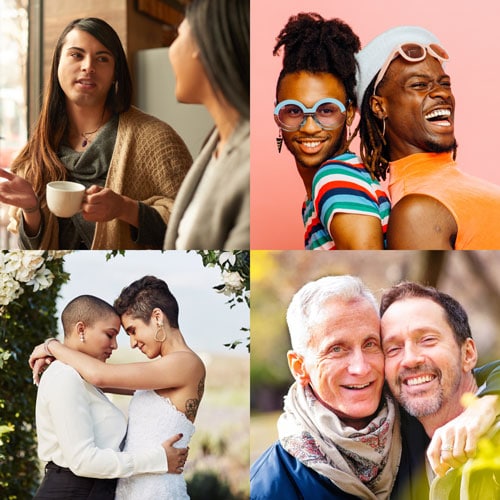LGBTQ+ People and Commercial Tobacco: Health Disparities and Ways to Advance Health Equity

Everyone deserves a fair and just opportunity to be as healthy as possible. This is called health equity. Achieving health equity means addressing systemwide problems, unfair practices, and unjust conditions that have a negative impact on the health of specific groups. In order to achieve health equity, we work to eliminate health disparities. Health disparities are differences in health outcomes that are closely linked with social, economic, and/or environmental factors, among LGBTQ+ people.† To improve health equity, we must consider the role of commercial tobacco*.
How LGBTQ+ people experience a health burden from commercial tobacco
How they harm LGBTQ+ people and drive health disparities
How LGBTQ+ people encounter these barriers and strategies that can be used to help quit smoking


